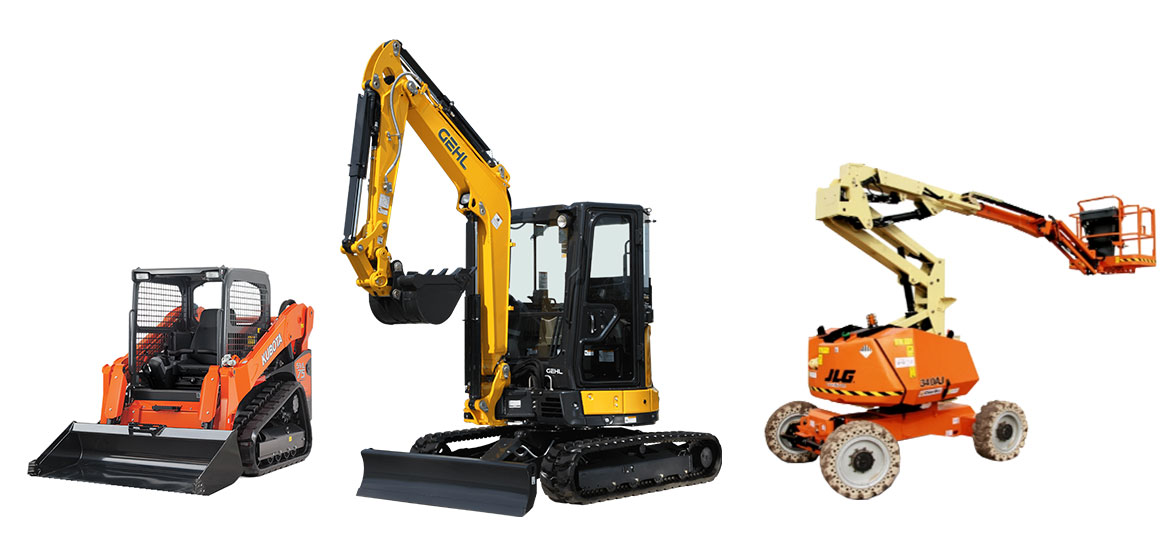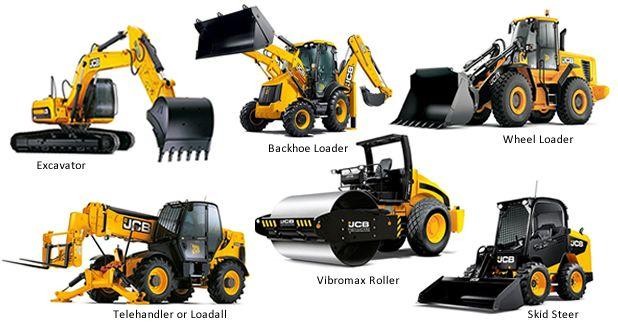Optimize Your Budget Plan by Understanding the Costs Connected With Building Equipment Rentals
Understanding the complete extent of costs associated with building and construction tools services is crucial for maximizing your budget. What techniques can be utilized to properly take care of these costs and guarantee an extra reliable rental experience?
Overview of Rental Expenses
When taking into consideration building and construction devices services, understanding the associated expenses is vital for reliable budgeting and task preparation. Rental expenses can differ dramatically based on numerous factors, including devices kind, period of service, and location. The first rental cost often mirrors the tools's market need and its connected operational capabilities, influencing the general expense.
Along with the base rental rate, supplementary expenses may arise, such as transport charges, fuel surcharges, and maintenance costs. It is necessary to represent these extra expenditures to precisely assess the overall cost of renting out tools. Moreover, the rental duration can impact prices; longer rentals may qualify for affordable prices, while temporary rentals might incur higher daily charges.

Malfunction of Rental Rates
An extensive understanding of rental prices is necessary for professionals and project managers aiming to enhance their budget plans. Rental rates for building and construction devices typically include a number of elements, consisting of base prices, time-based fees, and usage fees.
Base prices are the core costs connected with the leasing of the devices, frequently established by the type and size of the equipment. These rates can differ substantially, influenced by aspects such as equipment demand, availability, and local market patterns. Time-based costs, which might be daily, weekly, or monthly, offer to fit different job timelines and rental periods.
Additionally, rental rates might include use charges, which apply when devices is made use of beyond a specified limit, ensuring that the rental firm can make up damage. Seasonal demand fluctuations can additionally impact rental rates, with peak construction seasons typically regulating higher costs.
Moreover, comprehending the rental business's policies pertaining to maintenance and insurance coverage can offer additional understanding right into the general price structure. By evaluating these parts, contractors can make informed decisions, ensuring the selection of rental equipment straightens with both task requirements and budget plan constraints.
Added Fees to Think About
Understanding the complexities of additional costs is critical for specialists to handle their general rental costs properly. Beyond the typical rental prices, numerous supplementary costs can significantly influence the overall cost of devices leasing. These costs commonly consist of delivery and pick-up charges, which can differ based on distance and logistics entailed in delivering the devices to and from the work site.
In addition, some rental firms might impose gas additional charges if the equipment is returned with less gas than when rented. It is additionally vital to understand possible cleansing fees, especially for specific tools that needs complete maintenance after use.

Completely evaluating the rental contract and clearing up these added costs in advance can help specialists ensure and stay clear of unexpected prices that spending plans continue to be undamaged throughout the job lifecycle.
Maintenance and Repair Work Expenditures
Normal repair and maintenance expenses are often overlooked elements that can substantially influence the overall expense of building equipment rentals. When renting equipment, it is critical to consider not just the rental charges but also the prospective costs related to maintaining the machinery in ideal operating problem.
Lots of rental business include standard upkeep as part of the rental contract; however, more unexpected malfunctions or comprehensive repair services can cause extra expenses. It's important to review the rental agreement meticulously to understand what upkeep solutions are covered and what duties fall on the renter.
Moreover, tools that is not well-kept can lead to inadequacies on the work site, potentially creating hold-ups and boosting job costs. To alleviate these dangers, it is suggested to conduct routine evaluations and keep open communication with the rental copyright relating to any problems that emerge throughout use.
Insurance and Responsibility Expenses
Insurance policy and obligation expenses are critical parts that can substantially influence the general cost of building and construction equipment leasings (equipment rental company). These costs make sure that both the rental firm and the customer are protected from prospective economic losses emerging from accidents, damages, or theft throughout the rental duration

Additionally, customers ought to understand any kind of deductibles or exclusions in the insurance coverage plan, as these can affect possible out-of-pocket expenses. Recognizing the terms and conditions of any insurance coverage basics is vital to avoid unanticipated expenses. Inevitably, budgeting for insurance coverage and obligation costs can help guarantee a smoother rental experience and secure against financial threats connected with building projects.
Conclusion
Finally, a detailed understanding of the prices related to construction devices rentals is important for reliable budget monitoring. By analyzing rental rates, added fees, maintenance expenses, and insurance organizations, people and requirements can minimize unexpected expenditures. This tactical approach not just boosts cost-effectiveness however likewise ensures that jobs progress efficiently and effectively. Inevitably, informed decision-making concerning equipment leasings adds to heavy machinery for sale the total success of construction undertakings.
Rental prices can vary dramatically based on numerous elements, consisting of tools type, period of rental, and location (scissor lift rental). The rental period can affect pricing; longer rentals may qualify for reduced rates, while temporary leasings could incur higher daily charges
By carrying out complete research study and involving with credible rental business, specialists used dozers for sale can successfully browse the intricacies of rental rates, ultimately maximizing their economic sources.
Beyond the standard rental rates, numerous extra costs can considerably influence the complete price of tools rental. Rental firms commonly give obligation insurance coverage that covers injuries to third events or damage to home, while tools damages insurance policy can cover the cost of fixings or substitute if the leased devices is harmed.